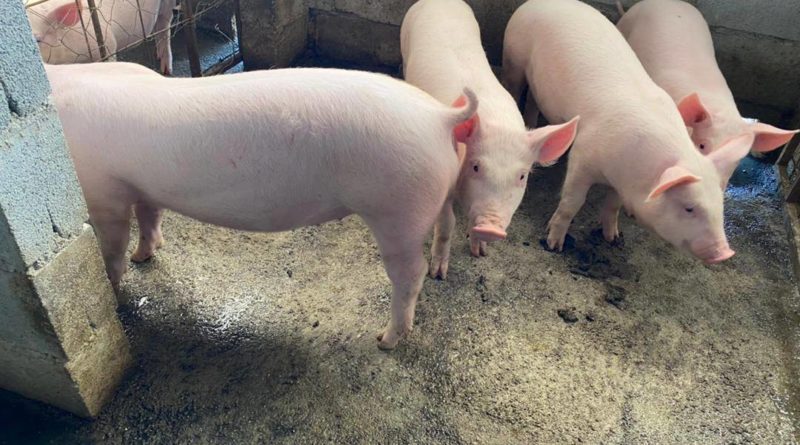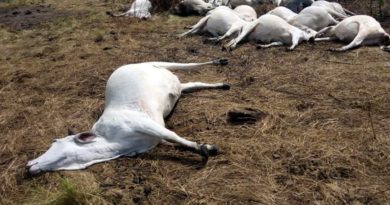Tail biting in pigs
Pigs are naturally curious animals that tend to use their mouths to explore their environment and objects of interest. While this behaviour is harmless if managed properly, it can manifest into the behavioural problem of tail biting. If a pig draws blood while tail biting, the natural attraction of pigs to the smell and taste of blood can result in a chain reaction among the animals in the group and, consequently, tail biting can spread. Tail biting can be sporadic or chronic and is a behavioural problem most commonly found in growing pigs. It can result in substantial economic losses due to medical treatment expenses, secondary infections, loss in weight gain, carcass condemnations, and the death of pigs.
Tail biting triggers
While natural behaviour is a contributor, tail biting can also be triggered by numerous environmental, management, or nutritional factors, including the following:
• Temperature: Pigs are extremely sensitive to heat stress as they are unable to perspire. Tail biting can be triggered by heat-stressed pigs and is more commonly found during frequent daily temperature variations rather than during consistent temperatures outside the pigs’ thermoneutral zone.
• Ventilation: Good air flow and quality are important to keep pigs free from stress. Increased humidity and drafts from incorrect ventilation increase the occurrence of tail biting.
• Lighting: Lights that are too dim or too bright, or pigs that are subjected to less than six hours of darkness per day leads to aggression and tail biting.
• Stocking density: When pigs have to compete for feed and drinking space, it can result in aggression and fighting and, consequently, increased tail- and ear-biting. Mixing pigs with poor body weight uniformity within the group may also increase the occurrence of tail biting.
• Nutrition: When pigs are challenged by a feed shortage, abrupt changes in diet, or inadequate access to quality water and feed, they are more prone to tail biting. Feed quality concerns that may contribute to tail biting include inadequate salt and mineral levels, the presence of mycotoxins, or nutrient deficiencies in the diet.
• Tail length: Pigs that have not been tail docked are more susceptible to tail biting, while also encouraging the behaviour to manifest. Tail docking to the correct tail length is a successful preventative
measure.
Prevention and treatment
With tail biting recognised as a global welfare concern for commercial pig production, prevention and fast intervention are seen to be crucial.
• Rooting material: Providing pigs with alternative objects to chew on and play with has proven to be a successful intervention strategy, relying on the naturally curious behaviour of pigs as a distraction. Examples of rooting material include chains, lick blocks, ropes, garden hoses, tyres, and swinging water drinkers. The choice of rooting material is dependent on how well the pigs respond to it, and the object(s) must be able to withstand frequent use, remain relatively clean, and be available to all pigs in the pen.
• Proper tail docking: Ensure pigs have a uniform and correct tail length.
• Isolation: Inspect pigs a minimum of twice daily to intervene and treat affected pigs timeously. Move the pigs that are biting tails to a separate pen to prevent the behaviour from spreading. It is not always the larger, more aggressive pigs that are the tail-biters. Injured pigs should be moved to a hospital pen and treated.
• Feed: Ensure the provision of a constant, reliable, and well-balanced feed supply that meets the recommendations of the pig breeding company at all times.
Minimizing economic losses and improving pig welfare by efficiently preventing, managing, and treating tail biting is key to a successful and profitable pig farming enterprise.
(Meadow Feeds )



